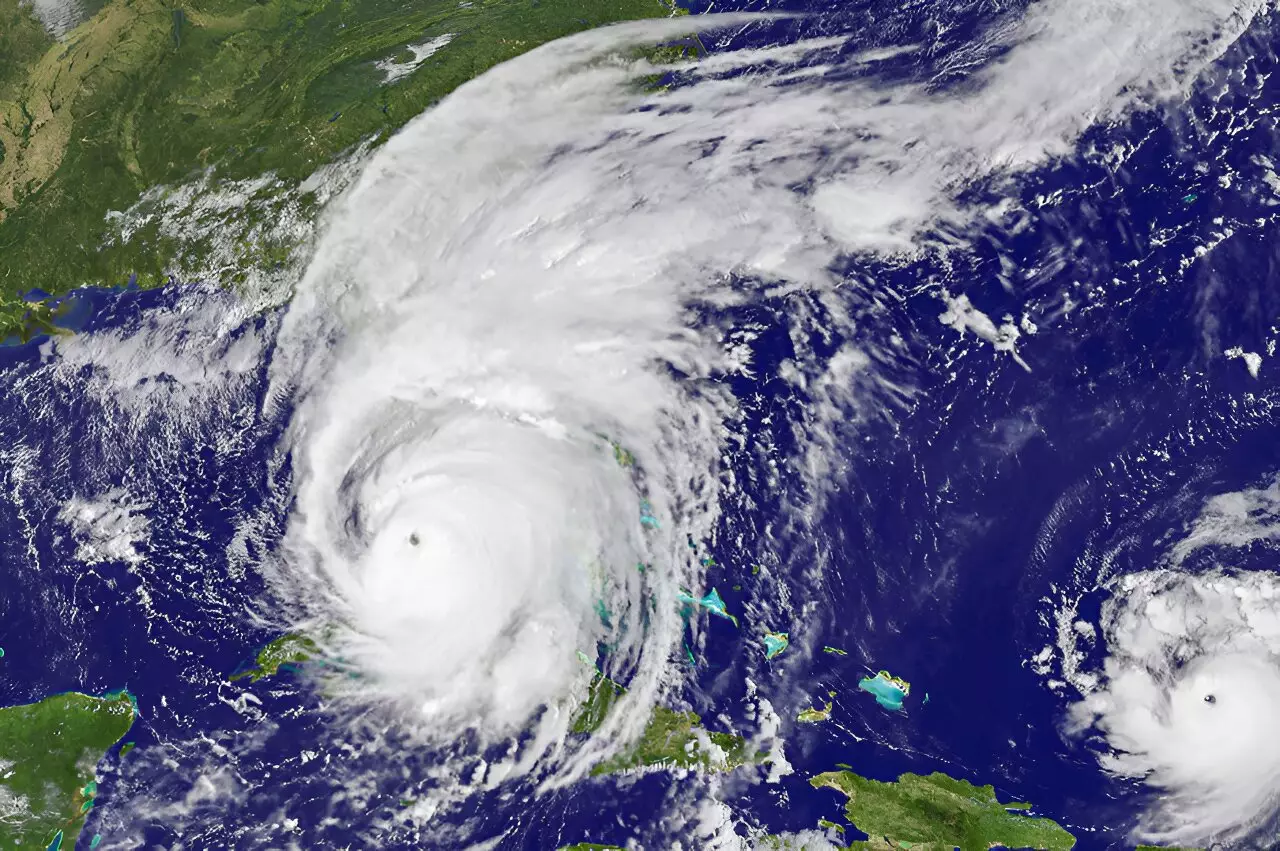In the aftermath of Hurricane Irma, Miami-Dade County faced a multifaceted crisis that extended beyond the physical destruction of infrastructure. While reports highlighted significant property damage, including over 600 inoperable cellphone towers and nearly 900,000 residents without power, the environmental and public health implications emerged as formidable issues. Recent studies indicate that the storm triggered an unprecedented surge in mosquito populations, subsequently heightening the risk of vector-borne diseases. Understanding this phenomenon is crucial for residents of storm-affected areas as they recover and prepare for future hurricanes.
The confluence of warm temperatures, increased humidity, and nutrient-rich floodwaters created an ideal breeding ground for mosquitoes following Hurricane Irma. Research led by Imelda Moise, an associate professor at the University of Miami, revealed that these conditions allowed mosquito populations to explode, significantly raising the risk of diseases transmitted by these insects. Moise emphasized that instead of flushing out mosquito breeding sites, the heavy rains associated with hurricanes may inadvertently create favorable conditions for their resurgence.
Key Findings of the Study
The comprehensive evaluation conducted by Moise and her team analyzed mosquito populations across Miami-Dade County from 2016 to 2018, marking a notable spike in abundance following the hurricane. The researchers utilized mosquito surveillance data collected from over 160 locations, employing two types of trapping methods. The findings were striking: within four weeks post-Irma, mosquito captures were 7.3 and 8 times higher than during the corresponding periods in the years before and after the storm, respectively.
Of particular concern was the dominance of the Culex nigripalpus species, which constituted nearly 70.4% of the collected specimens. As a significant vector for diseases like West Nile virus, the preeminence of this mosquito species raises alarms about public health threats in the region. The study further indicated that the physical environment’s change, post-hurricane, favored the reproduction of certain mosquito species, necessitating a reevaluation of conventional approaches to managing mosquito populations in storm-stricken areas.
Moise’s study arrives at a pivotal time, especially with storms like Hurricane Helene threatening Florida’s coastline. As citizens rebuild their lives, they must remain vigilant against the dual threats posed by nuisance mosquitoes and those that carry dangerous pathogens. It is critical for communities to comprehend the long-term health implications following hurricane events, as the research underscores the potential for increased outbreaks of mosquito-borne illnesses.
Historical analyses of prior hurricanes also reveal a pattern: studies have documented similar spikes in mosquito populations following significant weather events, including hurricanes Katrina and Maria. These precedents exemplify the urgent need for public health strategies that adapt to the unique circumstances that storms introduce.
Interestingly, Moise’s research delved into social determinants impacting mosquito outbreaks within Miami-Dade County. The data indicated that neighborhoods with higher population densities faced greater risks for post-hurricane mosquito proliferation. Such findings reveal a pressing need to address public health disparities, focusing on vulnerable populations who may lack resources to adequately protect themselves from mosquito-borne diseases.
The unique insights drawn from this study also highlight the profound interconnectedness between environmental conditions and public health. As climate change continues to intensify, fostering conditions conducive to increased mosquito populations, the imperative for proactive health policies becomes clear.
A Call to Action
The implications of Moise’s study extend beyond academic interest; it serves as a clarion call for communities to adopt robust prevention measures against mosquito-borne diseases. Public health officials, policymakers, and residents must collaborate to implement strategies, including community education on preventative measures and rapid response protocols following hurricanes.
Additionally, Moise expresses intentions to further investigate the links between hurricanes and vector-borne disease outbreaks in coastal cities. This ongoing commitment to research can help build resilience against future health crises associated with climatic events and emphasizes the essential role of environmental health research in improving community well-being.
As Miami-Dade County and similar regions confront the reality of more severe weather events, the lessons drawn from Hurricane Irma’s aftermath must inform their recovery strategies. From enhancing mosquito surveillance to addressing social health disparities, employing a holistic approach is vital for safeguarding public health. As communities adapt to an increasingly unpredictable climate, they must remain mindful of the risks that accompany natural disasters, ensuring preparedness not just for hurricanes, but for the health challenges that follow.


Leave a Reply